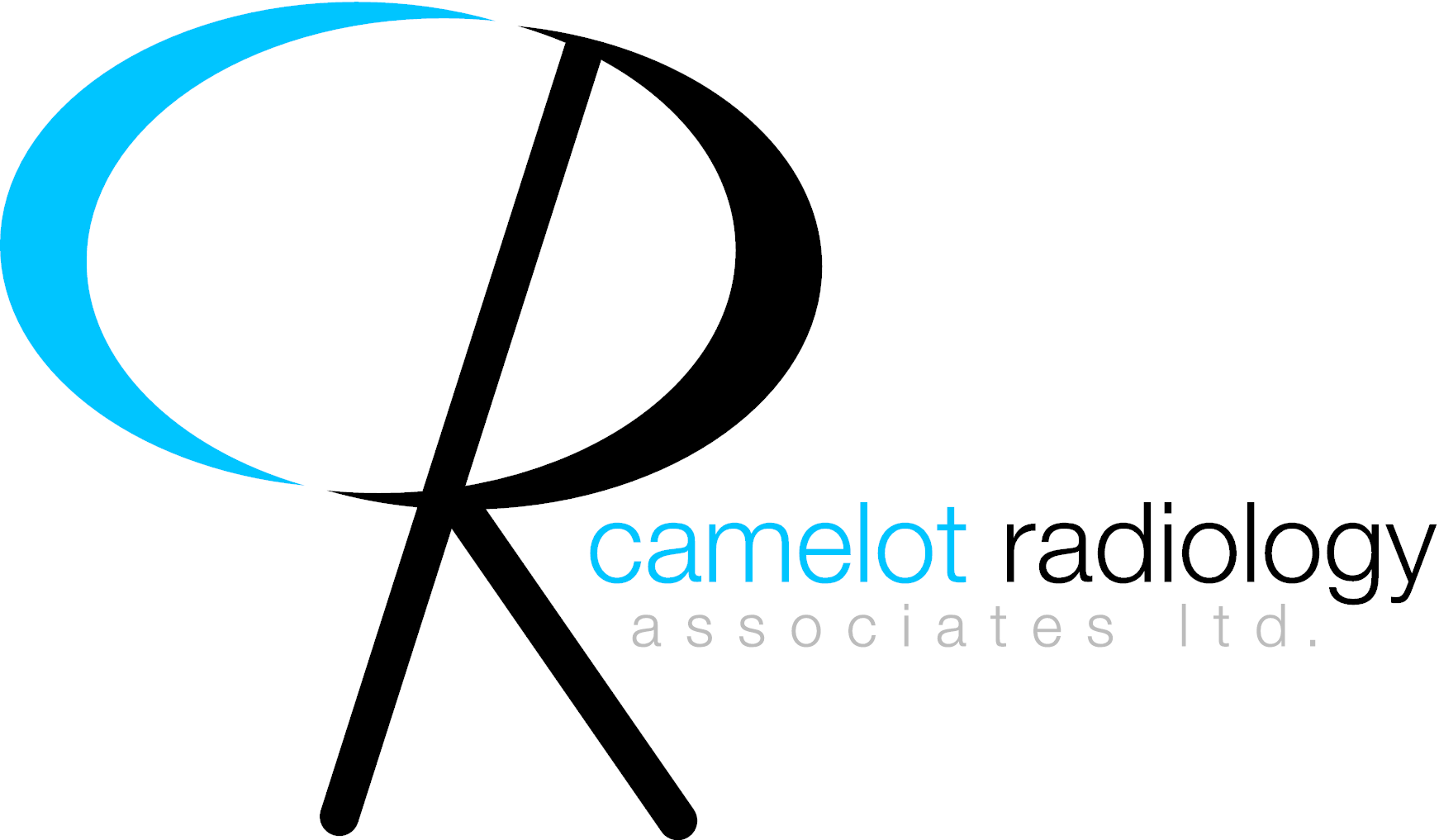Mammography
Mammography is specialized medical imaging that uses a low-dose X-ray system to see inside the breasts. A mammography exam, called a mammogram, aids in the early detection and diagnosis of breast diseases in women. An X-ray (radiograph) is a noninvasive medical test that helps physicians diagnose and treat medical conditions. Imaging with X-rays involves exposing a part of the body to a small dose of ionizing radiation to produce pictures of the inside of the body. X-rays are the oldest and most frequently used form of medical imaging. Three recent advances in mammography include digital mammography, computer-aided detection and breast tomosynthesis. Digital mammography, also called full-field digital mammography (FFDM), is a mammography system in which the X-ray film is replaced by electronics that convert X-rays into mammographic pictures of the breast. These systems are similar to those found in digital cameras and their efficiency enables better pictures with a lower radiation dose. These images of the breast are transferred to a computer for review by the radiologist and for long term storage. The patient’s experience during a digital mammogram is similar to having a conventional film mammogram. Breast tomosynthesis, also called three-dimensional (3-D) mammography and digital breast tomosynthesis (DBT), is an advanced form of breast imaging where multiple images of the breast from different angles are captured and reconstructed (“synthesized”) into a three-dimensional image set. In this way, 3-D breast imaging is similar to computed tomography (CT) imaging in which a series of thin “slices” are assembled together to create a 3-D reconstruction of the body. Although the radiation dose for some breast tomosynthesis systems is slightly higher than the dosage used in standard mammography, with the technology we have purchased, there is no increase in dose from a 2D standard mammogram to a 3D view, which means there is no increased radiation to patients during a breast exam.
Large population studies have shown that screening with breast tomosynthesis results in improved breast cancer detection rates and fewer “call-backs,” instances where women are called back from screening for additional testing because of a potentially abnormal finding. Breast tomosynthesis may also result in:
earlier detection of small breast cancers that may be hidden on a conventional mammogram
greater accuracy in pinpointing the size, shape and location of breast abnormalities
fewer unnecessary biopsies or additional tests
greater likelihood of detecting multiple breast tumors
clearer images of abnormalities within dense breast tissue
WHAT IS CONTRAST-ENHANCED SPECTRAL MAMMOGRAPHY (CESM)?
Similar to a mammogram, CESM includes the injection of a contrast which acts like a dye or highlighter. The contrast enhances areas showing unusual blood flow patterns where a lump or lesion may exist. Using this informative test, your physician will see two separate images of each breast, one showing the standard mammography, and the other showing areas highlighted with the contrast. After the injection of the contrast, there is a two-minute waiting period. Then the technologist will position you similar to having a mammogram and will take a series of images. The complete exam can be performed in less than ten minutes.
WHY DO I NEED CONTRAST-ENHANCED SPECTRAL MAMMOGRAPHY?
Every woman’s body is unique and many women have elevated risks or complicating factors, such as dense breast tissue, that may make traditional screening less effective. When that is the case, your physician will order additional testing. As many as ten percent of women may be called back for a follow-up exam, such as a biopsy, due to inconclusive results. In many instances CESM may avoid the need for an invasive procedure such as a biopsy.
WHY IS CONTRAST-ENHANCED SPECTRAL MAMMOGRAPHY RIGHT FOR ME?
You are receiving this test to help obtain the answers your physician needs. This detailed image allows the radiologist to more accurately see what may be behind dense breast tissue, to help make a more confident diagnosis, and decide whether or not additional testing is necessary.
HOW SHOULD I PREPARE?
Before scheduling a mammogram, the American Cancer Society (ACS) and other specialty organizations recommend that you discuss any new findings or problems in your breasts with your physician. In addition, inform your physician of any prior surgeries, hormone use, and family or personal history of breast cancer. Do not schedule your mammogram for the week before your menstrual period if your breasts are usually tender during this time. The best time for a mammogram is one week following your period. Always inform your physician or X-ray technologist if there is any possibility that you are pregnant. The ACS also recommends you:
Do not wear deodorant, talcum powder or lotion under your arms or on your breasts on the day of the exam. These can appear on the mammogram as calcium spots.
Describe any breast symptoms or problems to the technologist performing the exam.
Obtain your prior mammograms and make them available to the radiologist if they were done at a different location. This is needed for comparison with your current exam and can often be obtained on a CD.
Ask when your results will be available; do not assume the results are normal if you do not hear from your physician or the mammography facility.



